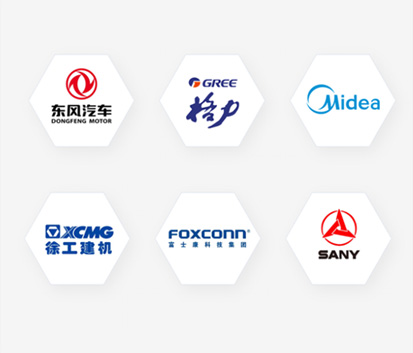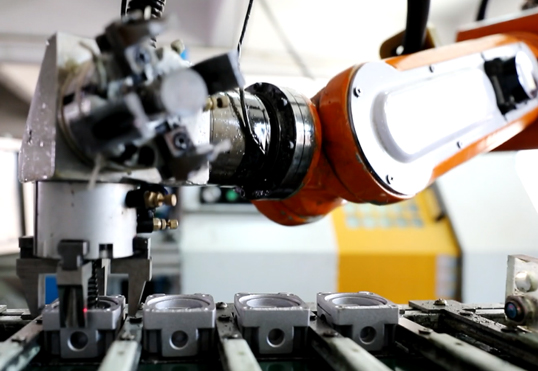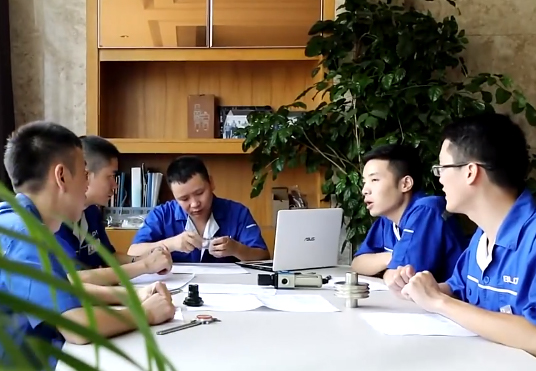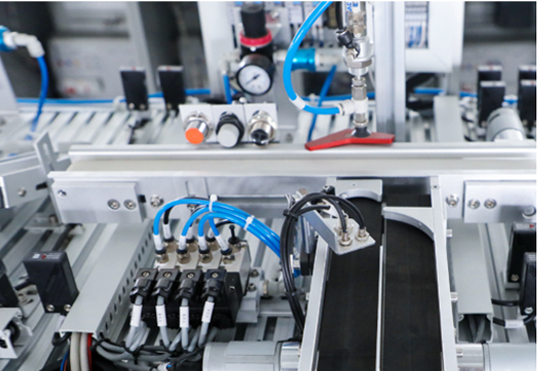Working principle of pneumatic cylinder:
By increasing the air pressure through the piston, the pressure of the compressed air is converted into mechanical energy through pneumatic transmission, driving the mechanism to perform linear reciprocating, oscillating, or rotating motion.
The specific working process of the pneumatic cylinder:
1. Compressed air is input into the rodless chamber, while the rod chamber is exhausted.
2. The pressure difference between the two chambers of the cylinder exerts force on the piston, pushing the piston to move and extending the piston rod.
3. When the rod chamber is filled with air and the rodless chamber is exhausted, the piston rod retracts.
4. If the rod chamber and rodless chamber alternate between intake and exhaust, the piston can perform linear reciprocating motion.

Complete range of pneumatic spare parts and accessories, one-stop service
High quality raw materials and advanced production process to ensure cost-effective.
Production according to special requirements to meet your ideas.

Diverse range of spare parts to ensure compatibility and best performance.
Reliable quality to meet the requirements of long-term stable operation of large equipment
supports function customization according to equipment requirements.

Factory Shipment, Get the Most Affordable Price.
High cost performance gives you an advantage in the market.
Diversified product lines to meet different market demands and preferences


